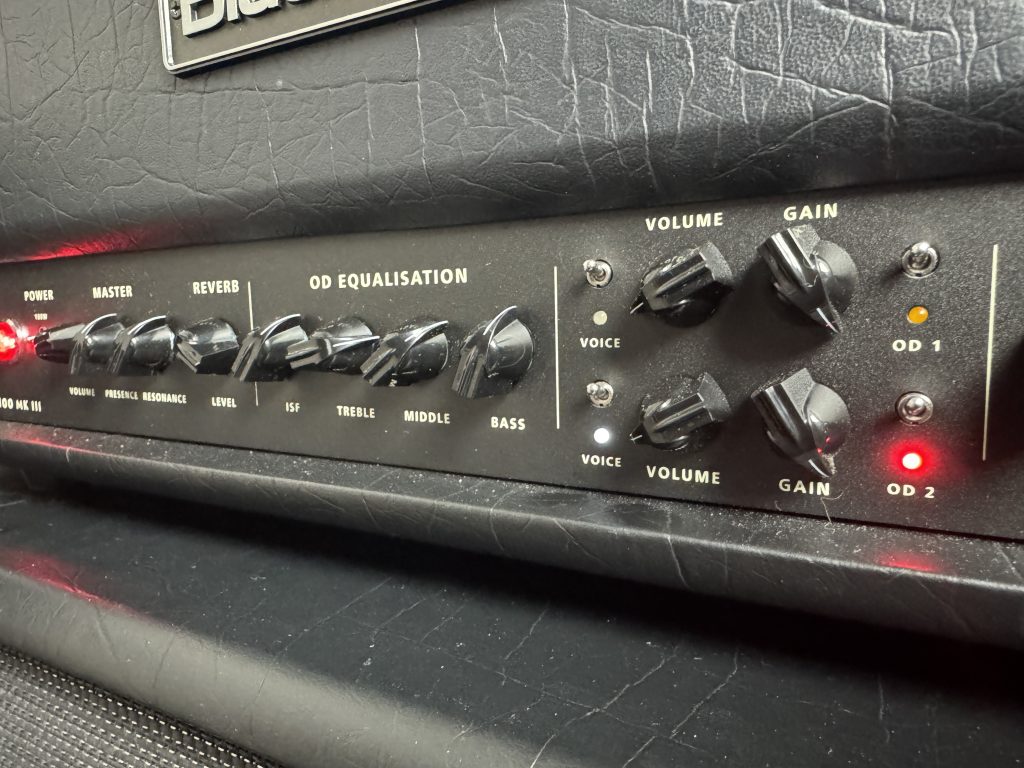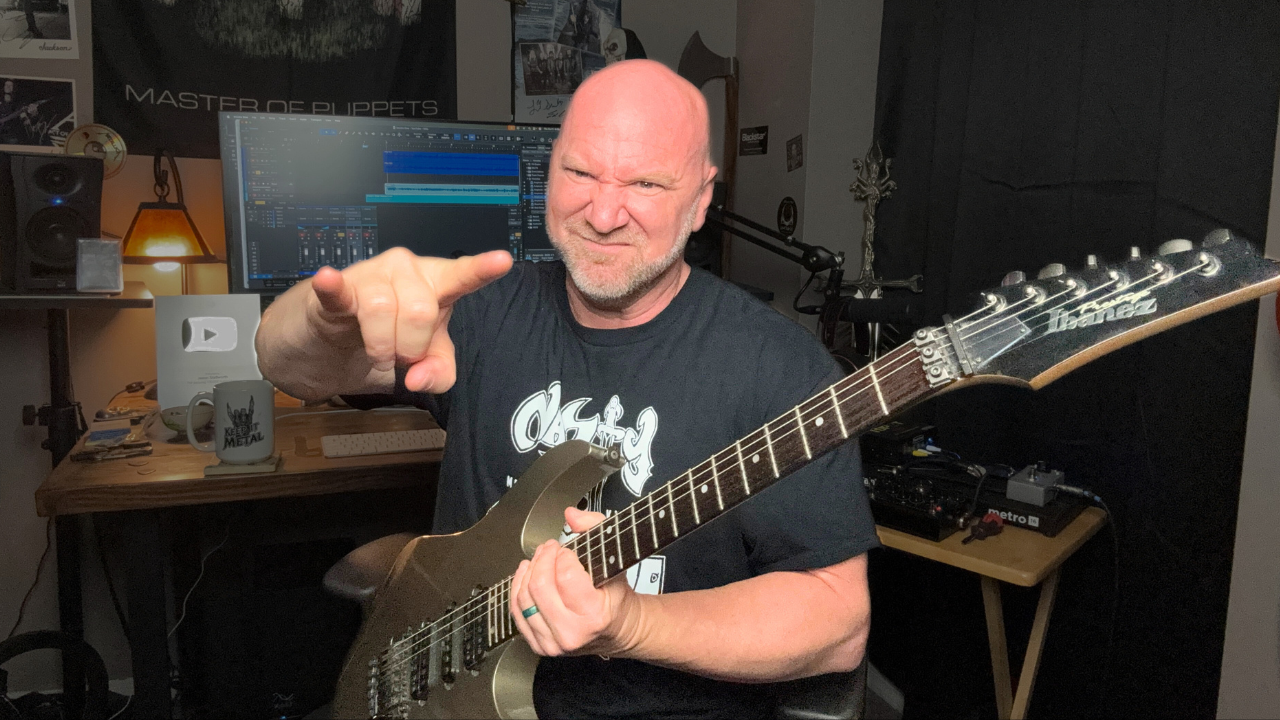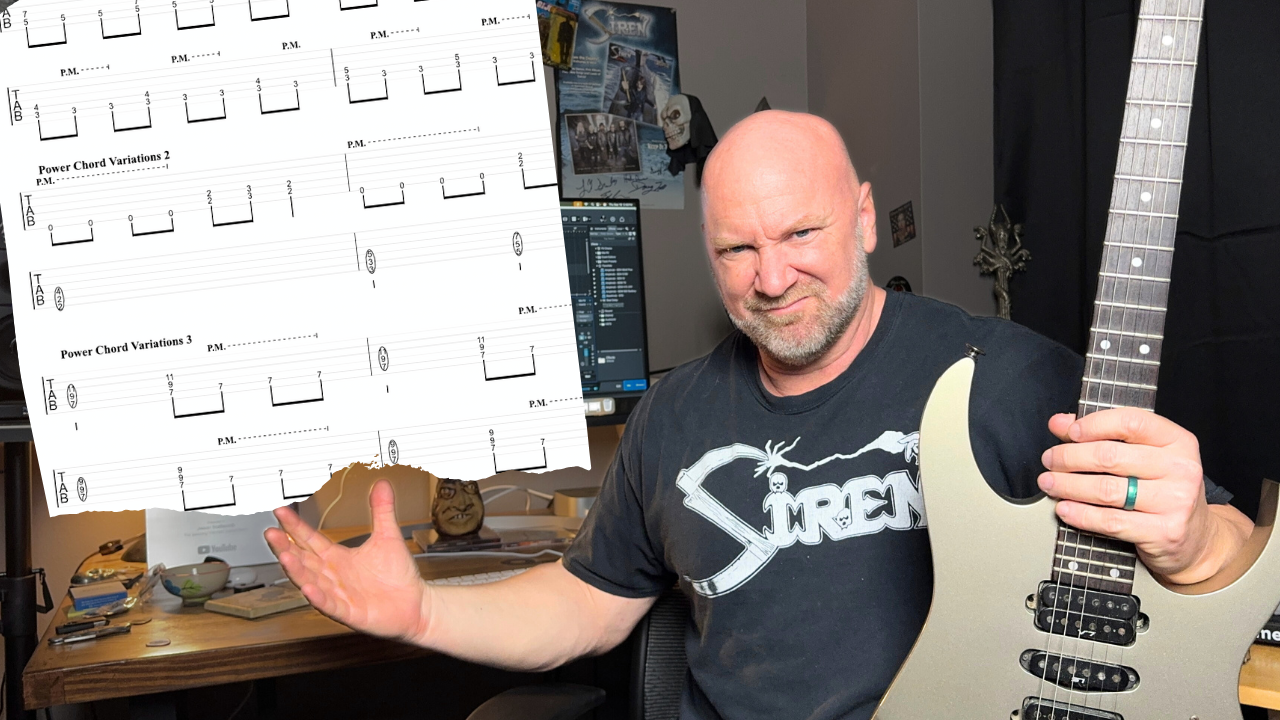Whether you’ve been playing metal riffs for years or you’re just now exploring lead guitar, these simple tone and setup tweaks can completely change how your solos sound and feel.
You’ve got your guitar and amp all set up… but something still feels off.
Your tone doesn’t sound quite right, or your guitar just doesn’t feel easy to play.
Before you spend another dime on new gear, here’s the truth:
You probably already have everything you need to sound amazing — you just need to fine-tune what you’ve got.
This guide will help you get your guitar playing effortlessly and your tone dialed in so your solos sing, sustain, and feel inspiring to play.
Get Your Guitar Playing Effortlessly
If your guitar doesn’t play quite the way you want it to, don’t give up on it yet. Most of the time, a few simple tweaks can completely change how your instrument feels and responds.
Professional Setup
- A proper setup (intonation, action, neck relief, etc.) can make your guitar feel brand new.
- Once you’ve got it set up, keep the same string gauge every time you change strings.
- If you’re not into doing setups yourself, it’s worth having a pro handle it — it’s one of the best investments you can make for your playing.
String Choice
- I use Elixir NanoWeb Super Light 9–42 coated strings on all my electrics.
- Coated strings feel smoother and make bending and vibrato effortless.
- I prefer lighter strings for soloing — but the right gauge is whatever feels most natural to you.
Tuning & Preferences
- All of my courses and lessons are in standard tuning.
- Don’t worry about using what everyone else uses. Use what inspires you and fits your style.
- Your tone starts with your hands — the rest is just enhancing that.
Guitar Neck & Feel
- I play a range of guitars — from my Ibanez Prestige RG1570 (with a Wizard neck) to my American Telecaster, and I also favor ESP/LTD, Dean, and Jackson guitars.
- Neck shape is totally personal. Go with what feels right and keeps you inspired. You may prefer thin necks like Ibanez’s Wizard, or you may prefer more round or even thicker necks. We’re all a little different and there is no one-size-fits-all.
Main takeaway:
You probably already own the perfect guitar for you. Once it’s properly set up and dialed in, you can focus fully on tone, expression, and developing your own unique lead style.
Main takeaway 2:
Give yourself the freedom to like what you like and not like what you don’t like. When it comes to tone (and your style of playing guitar), there’s no right or wrong answer. There’s only what fits you best.
Dialing in Your Tone for Metal Leads

Tone doesn’t have to be complicated. You don’t need a wall of amps or twenty pedals to sound great. You just need a few key settings that let your guitar breathe and your notes shine.
Simple EQ Settings
Here’s my general EQ formula that works on almost any amp, amp sim, or amp pedal:
- Bass: Slight boost for body and fullness.
- Mids: Around 6–7 to help solos cut through the mix.
- Treble: Around 6–7 for clarity and brightness.
- Gain: High for sustain. If your amp sounds a little loose, run a light overdrive in front (drive low, level high) to tighten it up.
Boosting the mids helps your solos stand out from your rhythm tracks. Especially if your rhythm guitars have the mids slightly scooped.
You can use these settings with any amp or amp sim, and they will at least serve as a good starting point.
What About Cabinets, Speakers, and Mics?
Sure, cabinets and mics can make a huge difference, whether it’s a real 1×12, 2×12, or 4×12 cabinet, or the virtual cabs/mics with amp sims, or if you’re using IRs (impulse responses). The way I look at this is it’s not so much about finding the perfect cabinet/mic combination (or mic placement). It’s more about realizing you have different options.
You may like the sound of an Orange cabinet for your solos. Or you may prefer a Marshall. Or Mesa. Or EVH. Or it may be an array of options you have with amp sims and IRs.
Again, there’s no right or wrong answer here. Just don’t allow yourself to overthink this to the point where you’re not doing what you love: playing and writing guitar solos.
Tone Comes from You
Some say tone is all in your hands; others say it’s all in the gear.
I believe both are true — but what really defines your tone is your style.
You could plug Joe Satriani into ten different amps and still know it’s him.
That’s what we’re working toward here: developing your signature sound.
Using Delay Tastefully

A touch of delay can bring your solos to life. It adds ambience and makes each note feel bigger without cluttering your tone.
My go-to delay setup:
- Timing: ¼-note
- Level & Feedback: Moderate — just enough to notice, not enough to distract
You’ll hear this effect throughout the Melodic Soloist course in the Jason Stallworth Guitar Academy. It’s subtle, but it makes a huge difference in how the guitar feels and responds.
🎥 Watch: My Simple Metal Lead Guitar Tone Setup
Here’s a short video where I walk through my current lead guitar tone setup using the Blackstar Dual Distortion pedal.
You’ll hear how I dial in clarity, sustain, and feel — all without chasing complicated gear setups.
Even though I used Blackstar gear for this example, the same concepts apply no matter what amp, pedal, or plugin you’re using.
Keep It Simple and Play from the Heart
The biggest mistake most players make is overthinking gear.
You don’t need the newest amp or pedal. You just need to make what you have feel right and sound inspiring.
Start with your guitar setup. Then dial in your amp and add a touch of delay. That’s it.
Once everything feels good, focus on what really matters:
Your playing, your phrasing, and the emotion behind every note.
Because at the end of the day, the best tone and guitar solos are the ones you create.
Take the Next Step 🎸
Once your guitar and tone feel right, the next step is building the skills to play solos that sound as good as your tone.
Grab my free Metal Riffs & Licks Practice Guide — it’s packed with metal riffs, licks, tabs, and video lessons that help you build real-world playing skills and confidence.
👉 Get the Free Metal Riffs & Licks Guide
***Chapter 3 covers everything you need to know for playing leads and has licks for you to learn!
And when you’re ready to dive deeper, check out the full Jason Stallworth Guitar Academy, where you’ll get complete access to all my courses, backing tracks, and growing library of metal guitar lessons.
Join the Jason Stallworth Guitar Academy
***Lead Guitar Apprentice
Keep it Metal,
Jason 🤘




